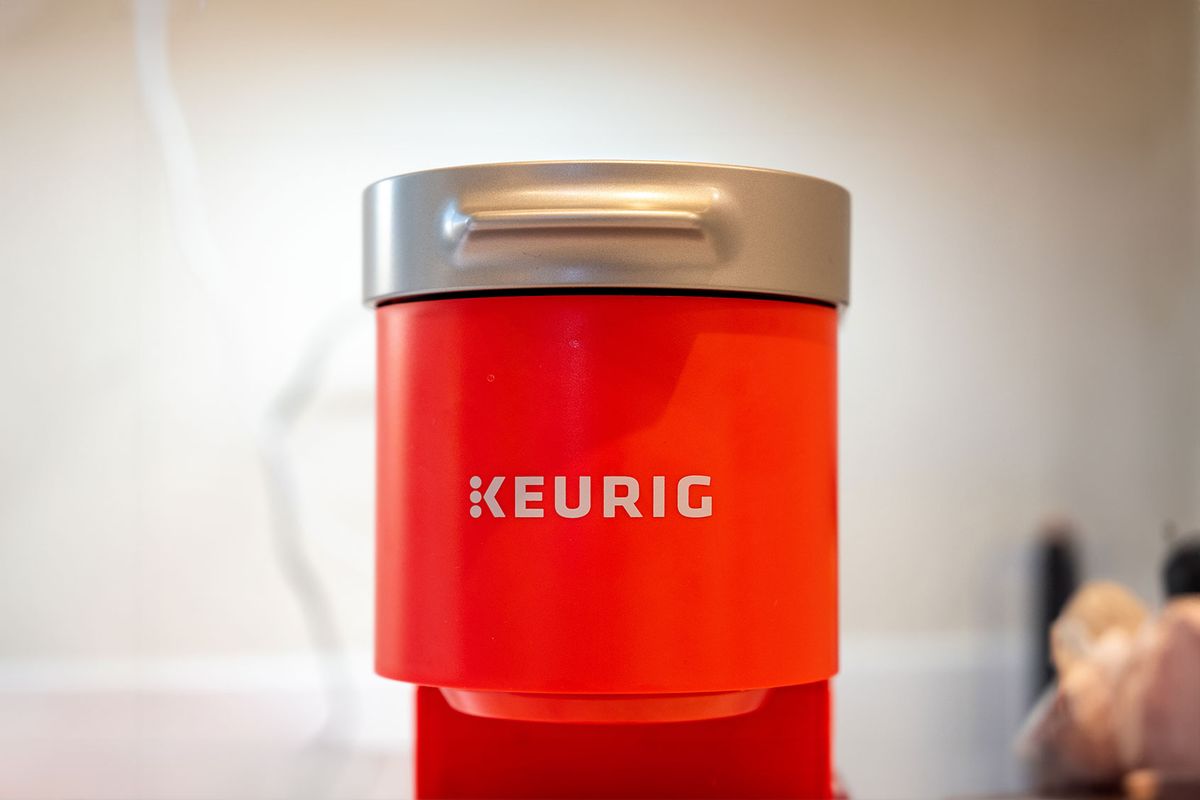Inspired by recent advancements in brain organoid systems, researchers have designed a simple hydrogel-electrode array that not only can “play” Pong, but improve its gameplay over time.
Debuted by Atari in 1972, Pong is one of the most rudimentary but influential video games of all time. Although it just features two player paddles and a pixelated “ball” ricocheting between them, it still serves as a helpful benchmark for training not just artificial intelligence and neural networks, but also organoid intelligence, or OI. Grown from stem cells into rudimentary “brains,” these OI systems may one day provide promising alternatives to more traditional hardware. But both AI and OI are extremely complex, costly industries—what if much simpler arrays could achieve similar results? A team at the UK’s University of Reading set out to do just that, and published their surprising findings on August 22 in the journal, Cell Reports Physical Science. As New Scientist highlighted in a video on Thursday, the results may one day influence new, simpler forms of algorithmic design.
Led by biomedical engineering professor Yoshikatsu Hayashi, researchers hooked up a blob of nonliving, electroactive materials known as Belousov-Zhabotinsky (BZ) hydrogels to a computer simulation of Pong using a custom multi-electrode array. When subjected to small bursts of electricity, the BZ hydrogels ionize. This, in turn, causes their water molecules to oscillate and swell, changing the sample’s overall shape in the process. But the hydrogels reduce swelling at a much slower rate than they do to initially enlarge, which means each movement influences the next.
“[It] is sort of like memory occurring,” robotics engineer and study first author Vincent Strong, explained in an accompanying statement. “The continued rearrangement of ions within the hydrogel is based off of previous rearrangements within the hydrogel, continuing back to when it was first made and had a homogeneous distribution of ions.”
“The basic principle in both neurons and hydrogels is that ion migration and distributions can work as a memory function that can correlate with sensory-motor loops in the Pong world,” Hayashi added. “In neurons, ions run within the cells; in the gel, they run outside.”
[Related: Lab-grown human brain tissue used to control robot.]
Once their system was in place, Hayashi and collaborators started a round of Pong by sending a ball in a random direction. Electrical stimulation then “informed” the hydrogel of the ball’s location while measuring ionic movement in the smart polymer to “determine” its virtual paddle position. As each round progressed, the team recorded the gel’s accuracy rate to see if it managed to improve over time—which, in fact, it did.
“Ionic hydrogels can achieve the same kind of memory mechanics as more complex neural networks,” said Strong. “We showed that hydrogels are not only able to play Pong, they can actually get better at it over time.”
The hydrogel, however, never became a Pong pro. According to the team, their ionized blob never truly beat its computer opponent and improved its accuracy by a maximum of around 10 percent. The polymer also reached its peak performance after 20 minutes of play, versus previous brain organoid tests doing the same in just 10 minutes. That said, such advances allowed the hydrogel to compete over longer rallies against the game.
Given most AI algorithms currently rely on neural networks to function, Hayashi’s team now theorizes that hydrogels may offer a different form of “intelligence” that can be harnessed to create simpler algorithmic systems. Going forward, researchers hope to further investigate the physical properties behind the rudimentary memory formations, as well as test it in other applications.





















Discussion about this post